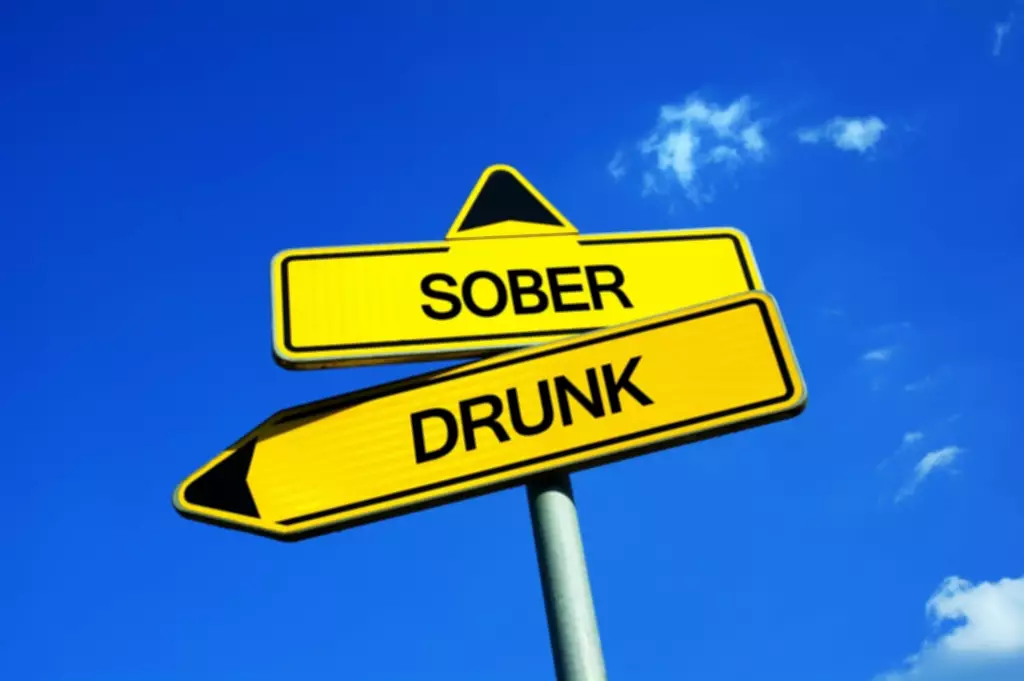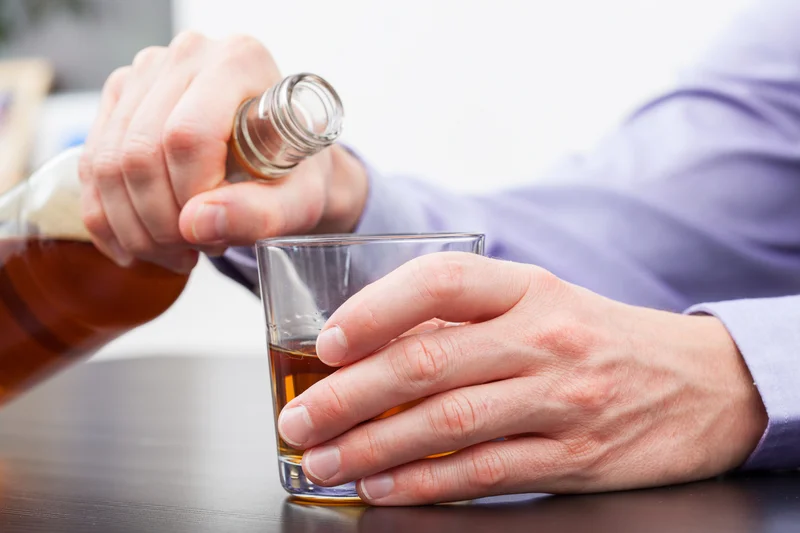Sober living
8 Reasons to Take an Apple Cider Vinegar Shot Every Day

For example, people with a genetic predisposition have altered dopamine responses, either heightened or reduced, making them more vulnerable to addiction. Alcohol addiction develops at varying rates depending on factors like genetics and frequency of use. The Diagnostic and Statistical Manual of Mental Disorders (DSM-5) classifies Alcohol Use Disorder (AUD) into mild, moderate, and severe categories based on symptoms and their intensity. Avoid sugar-laden and ultra-processed foods, as they set off the release of dopamine and could potentially worsen cravings. Changing patterns around drinking often requires creating new, lifelong habits, including looking more closely at nutrition.
- Even if you’re in good health, ACV has been found to help stabilize blood sugar levels.
- While the FDA has not approved naltrexone for moderate drinking in the U.S., it is used for this purpose in Europe.
- Sometimes you can’t avoid internal triggers which may be feelings you have or a physical sensation that comes on from time to time.
- Your primary care provider may or may not be willing to prescribe you naltrexone for cutting back on your drinking if that is your goal.
- This behavior indicates a diminishing ability to prioritize responsibilities over alcohol consumption, further deepening dependence.
Lifestyle Quizzes
Drinking water and keeping healthy snacks on hand can prevent cravings from escalating. Deep breathing exercises are another effective tool for managing cravings. When you feel a craving coming on, stop and take several slow, deep breaths.
- Some individuals find medication-assisted treatment (MAT) helpful.
- Early intervention is crucial for preventing the progression of alcohol addiction.
- However, there is scientific evidence to show that it’s possible for cravings to resurface even years after someone stopped drinking.
- In cognitive behavioral therapy (CBT),11 you’ll start by identifying the triggers and behaviors that contribute to your addiction.
Signs of the middle stage:
That’s why building your own recovery toolkit can make a difference in your ability to weather the most intense cravings. Checking in with another person in your life who’s trying to stop drinking can certainly help you ride out a craving with someone who understands. But in spite of your goals and no matter how committed you are to changing your habits around drinking, avoiding alcohol might prove a little more difficult than you expected. Apple cider vinegar is made from apple juice and involves a two-stage fermentation process. The first stage converts sugars to ethanol (an alcohol) by adding yeast.

Managing Alcohol Cravings
If you turn to alcohol to ease anxiety, try exercise as a healthy alternative. Meditation, practiced on your own or via guided meditation, can help you learn to react less to alcohol cravings (8). This can be a key to breaking the hold that your triggers to drink have on you. Naltrexone is a medication that belongs to a group of drugs known as opioid antagonists. It binds to and blocks opioid receptors in the brain, which reduces the buzz and intoxicated feeling you get from drinking alcohol. These cravings can be frustrating if you’re trying to cut down on alcohol, drink less or stop drinking completely, but they are quite normal.

Lifestyle Changes for Long-Term Sobriety
With practice, these techniques can increase self-awareness and provide a more nuanced understanding of one’s cravings, making it easier to manage them. A person who experiences alcohol cravings does not necessarily have alcohol use disorder. Instead, a habit loop of cues, behaviors, and rewards may be causing the cravings.
Alcohol Addiction Symptoms: Definition, Physical, Psychological, Behavioral, Withdrawal, Co-Occurring
- Providers who advertise with us must be verified by our Research Team and we clearly mark their status as advertisers.
- Alcohol-related health complications4 are an increased risk at this stage.
- Overall well-being plays a significant role in managing cravings.
- The most commonly used treatment is substance use disorder therapy.
- When our brains feel a hit of dopamine, they have the urge to repeat the same action that caused the surge of dopamine in the first place.
- The new edition of the Diagnostic and Statistical Manual of Mental Disorders (DSM-5) includes cravings as part of the diagnostic criteria for alcohol use disorder (AUD).
They tend to occur alongside other withdrawal symptoms such as anxiety, irritability and physical discomfort. It’s helpful to educate yourself on alcohol cravings and addiction. When you understand what your loved one is going through, it’s easier to support them. Small changes, such as removing alcohol from your home or avoiding certain triggers, can make a big difference. Surround yourself with people how to stop alcohol cravings and activities that support your decision to stay sober.

A lack of sleep can increase your levels of the hunger hormone ghrelin, leading to sugar cravings, he explains. Instead, learn how Sobriety to sleep better with a solid bedtime routine, aiming for six to eight hours of sleep a night. Our cortisol levels rise when we’re stressed, which can lead to sugar cravings. We might feel like we need more energy to cope with whatever is stressing us out or to lift our mood, making a sugary snack particularly appealing. From celebrating achievements to unwinding after a stressful day, drinking is normalized in ways that can mask developing problems.


